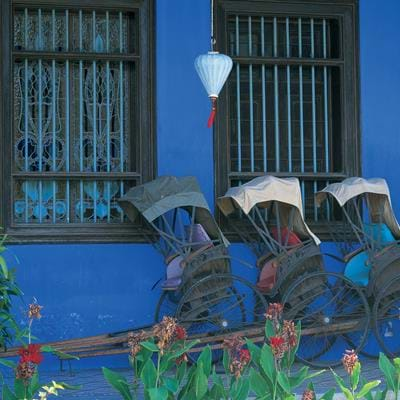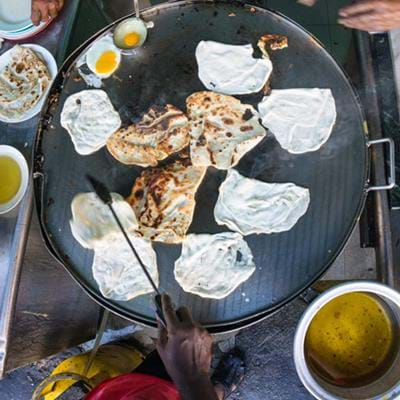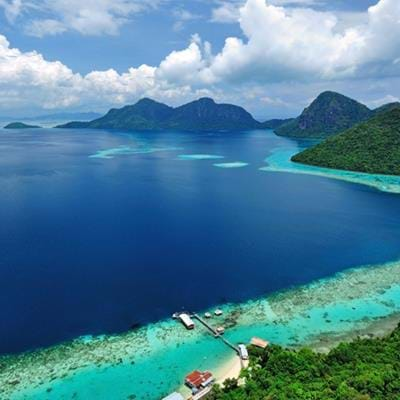Malaysia 13.02.2015 TransIndus
Whilst the effects of expartiate settlers are much debated, there is no doubt their rule has left many architectural gems and inspired local communities in many parts of the world. Having been dominated by the French, Dutch, Spanish & Portuguese for varying periods from the 15th century onwards, South Asia is perhaps the world’s region where settler legacies have had the longest lasting effect.
The Dutch built the Fatahillah Jakarta Museum building as their administrative headquarters in Sunda Kelapa, now Jakarta, and the magnificent, but unfortunately neglected Lawang Sewu in central Semarang. India’s vast rail network was established by the British. The villas of Kep and residences of Phnom Penh were initiated by the French in the 19th century. But it was the Portuguese’ conquering of the sultanate of Malacca in 1511 that marked the start of major influences in Malaysia that spanned until independence from the British in 1957.
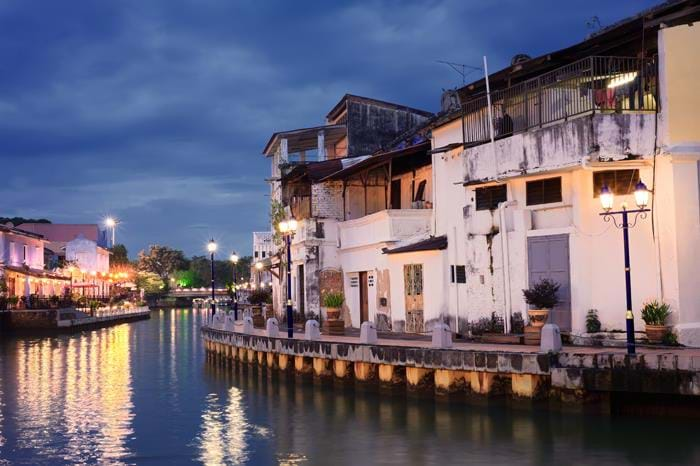
Malacca and St Paul's
In Malacca, arguably the world’s most important historical trading port, the Dutch and Portuguese influence is immediately noticeable. Any tour of the city will visit the red domed Dutch ‘Stadthuys’ or city hall (the Dutch took Malacca from the Portuguese in the 17th century), St Peter's Church; the oldest Christian church still in use in Malaysia and the hill top St Paul’s, with both exuding typical Portuguese charm with their elegant white washed fronts.
And St Paul’s really showcases the breadth of Portuguese architectural influence in South Asia. Its appearance mirrors the catholic, Portuguese churches that dot the Indian state of Goa. It was home to the remains of St Francis Xavier, the catholic missionary and founder of the Jesuit Order, before they were moved to the Basilica of Bom Jesus in Old Goa in 1637, where they are now.
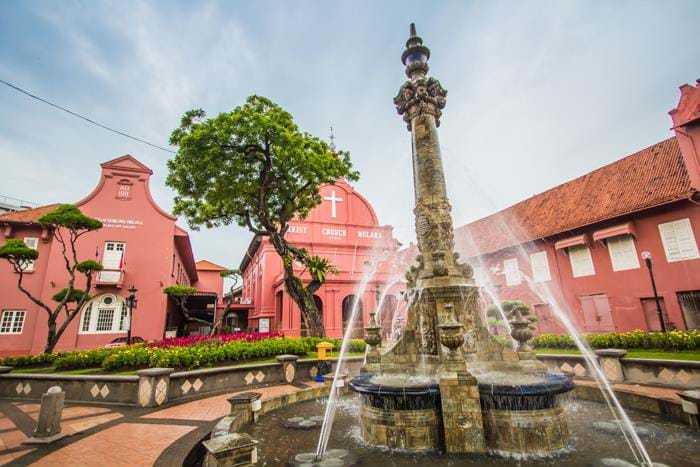
Hotels and local flavours
The Majesitc Hotel, slightly out from the centre is an exquisite, boutique property steeped in Chinese & British heritage whilst the Hotel Puri is a lovely, Chinese Peranakan home (a prominent Chinese community unique to the Straits of Malacca who played a major role in the islands development) where swifts fly freely through the garden courtyard.
It’s this Chinese influence that makes for one of the country’s biggest pulls - the delectable Malay cuisine. Malacca’s most famous dish, Chicken rice balls, stems from this fusion of tastes which are adapted throughout the country. A visit to a popular local restaurant to try the dish will be part of any tour to Malacca with TransIndus!
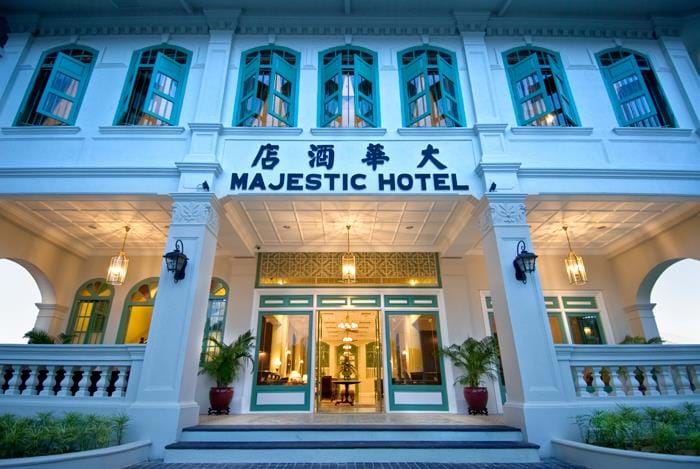
Cricket and Cathedrals
Despite KL tower and the PETRONAS towers standing as lofty summits above the hustle and bustle of cosmopolitan, forward-thinking Kuala Lumpur, there are still remnants of its colonial past. As if to accentuate British presence, a cricket pitch acted as the centre of the home from home establishment for administrators on what is now a huge part of Malaysian history.
The padang (field) where the cricket pitch stood now forms part of Merdeka square, just west of the River Klang, the scene of Malaysia’s independence. In 1884, for two decades, the administrator, Charles Edwin Spooner directed the construction of old KL. St Mary’s Anglican Cathedral, a white washed Gothic structure resides on the north side of Merdeka Square and the pulpit, adorned with a bronze relief, commemorates Spooner who was also responsible for the expansion of the Malaysian Railways.
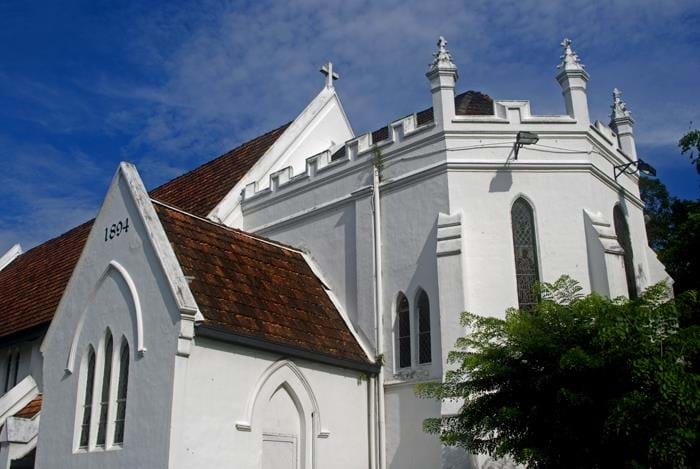
The Royal Selangor Club (affectionately known as ‘The Spotted Dog’ due to the two Dalmatians that ‘guarded’ the entrance in the late 19th century) adorned in mock Tudor style and famed for its, men only ‘long bar’, sits on the west side of the square overlooking the cricket pitch and was the social centre of old KL for high ranking British personal. But the most obvious landmark on the historic square is sat opposite the old cricket ground.
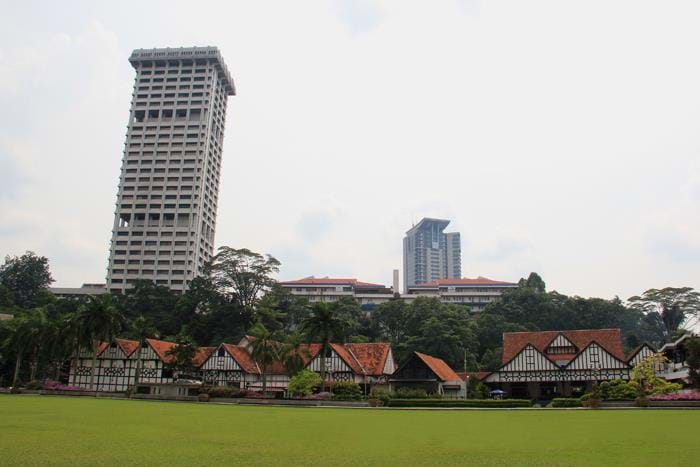
The Moorish domes and 41m high clock tower of the Sultan Abdul Samad Building sit graciously on the eastern side, acting as the centre point of the British home from home settlement. Built in 1897, the glorious brick edifice is now home to the Ministry of Information, Communications and Culture of Malaysia but also to Panggung Bandaraya, one of the oldest theatres in Malaysia.
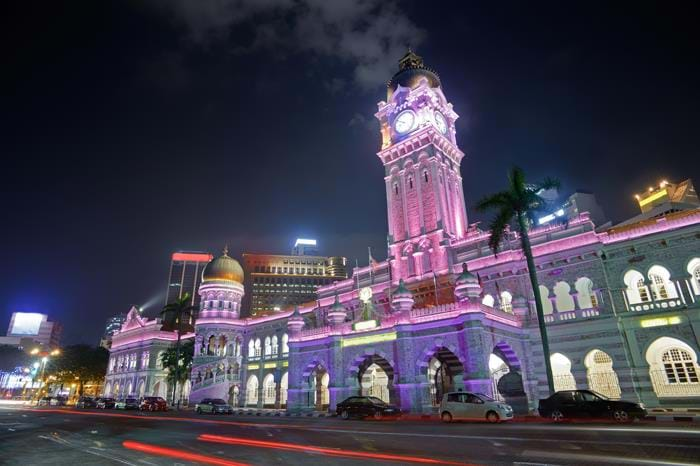
Railway stations and grand hotels
Following the Gothic Moorish style that defines a lot of colonial vestiges in the country, the still functioning stark, white Kuala Lumpur Railway station is located just south of Merdeka square with its turrets and minarets towering aloft. And a few minutes’ walk south west of the turreted icon sits the grand Majestic Hotel, a firm favourite amongst TransIndus clients.
Opened in 1932 but reopened in 2012 after years of neglect and near demolition, the Majestic is a splendid remnant of colonial rule, and is now protected as a National Heritage Site. The elegant thirties decor runs throughout the 300 rooms and suites, around the graceful drawing room and grandiose ballroom and down sweeping staircases, conjuring visions of the upper social echelons of British rule in its heyday.
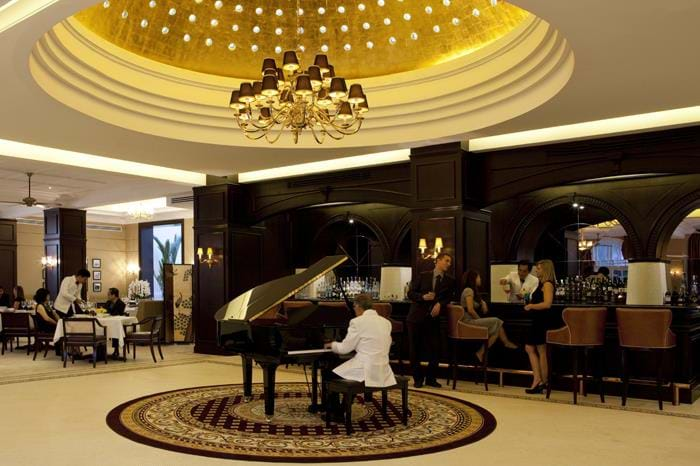
Hill Stations
Ports, trade routes and cities across the Indian subcontinent and Southeast Asia that drew settler powers to them all had one thing in particular in common: at times, stifling heat! Ooty, Munnar, Shimla & Haflong in India, Nuwara Eliya in Sri Lanka, Kalaw in Myanmar and Dalat in Vietnam are all hill stations that the British (and French for Dalat) used to escape from the heat of the plains. Malaysia’s Cameron Highlands, three and half hours north of Kuala Lumpur, sitting at over 1300m above sea level is no different.
Like many hill stations the area has proved fertile ground for tea cultivation, resulting in the emerald green tea plantations that offer such a spectacle across the continent. ‘Discovered’ by William Cameron, a British surveyor in 1885, the lush, green plateau lay undeveloped for 40 years until Sir George Maxwell, another high level British Administrator, suggested the area should be developed as a resort, despite the displacement of Orang Ali aboriginals, some of who still live deep in the forests surrounding the hill station today.
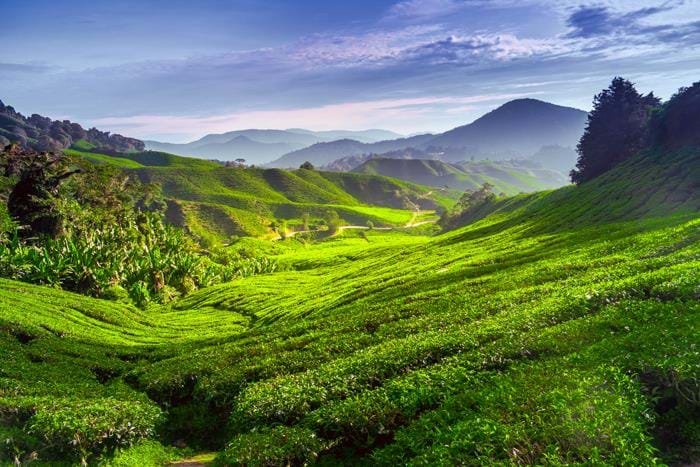
Quaint cottages, narrow village lanes and smoking chimneys are dotted around the green, rolling valleys and great forests that summon an air of British nostalgia. And nowhere is this more exemplified than the beautiful Cameron Highlands Resort. Surrounded by tea plantations, this charming 5 star property exudes real character and has stunning views of the countryside; perfect for a cool, relaxing stay. High tea with tasty scones is served daily and ‘The Highlands Bar’ offers a wide selection of whisky, with a snooker table and grand piano to be played at leisure.
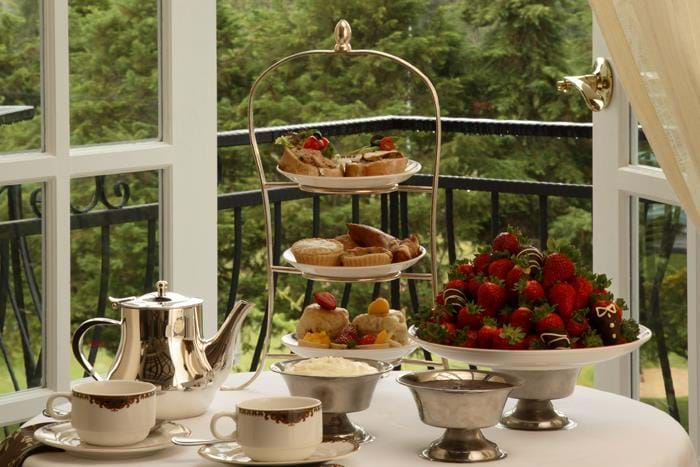
City of Millionaires
Now if you were heading north out of KL towards Ipoh along the PLUS highway you’d be forgiven for being slightly disappointed. Gone is the vast, dense rainforest that once covered the peninsula and in its place is the monotonous, linear sight of palm oil and rubber plantations. But depart from the Cameron Highlands and the roads cling to the edges of hills as huge limestone outcrops leap out in front of you.
And at the top of a hill you’ll see the city known as ‘City of Millionaires’! Quite a name, I’m sure you’ll agree, but after the tin market, that new, modern Malaysia depended on for its development, faltered in the 80’s Ipoh went from being one of the wealthiest cities in Southeast Asia to a just convenient interlude for trips to Pulau Pangkor and the Cameron Highlands.
However, spend a night or two here and you’ll be able to explore the crumbling French mansions that made the city the backdrop for the Catherine Deneuve film, ‘Indochine’, a story about the last few days of French colonial power, albeit in Vietnam. The layout and design of the city’s ‘Old Town’ purveys the prosperity the city once claimed. The Gothic Moorish railway station (notice a pattern in colonial architecture?), known as the Taj Mahal of Ipoh still stands and functions.
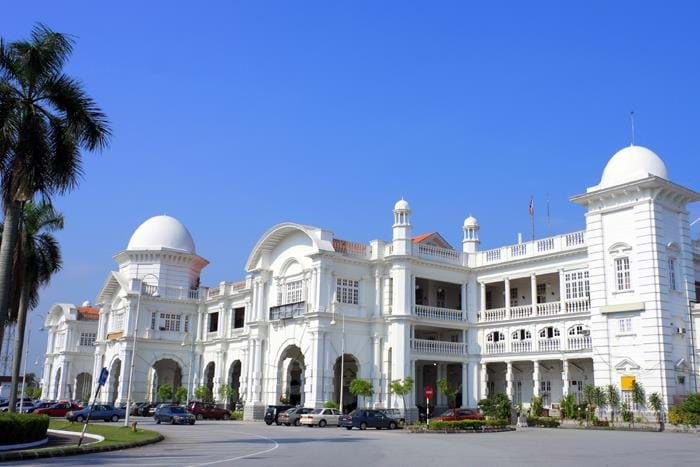
Kellie's Castle
Kellie’s castle, an Anglo Moorish structure, just 20 minutes down the road from Ipoh was started by William Kellie Smith at the beginning of the 20th, destined as a romantic home away from home for his Scottish wife, Agnes. But Smith died in 1926, before it was completed. Never inhabited, and after decades of abandon, with local monkeys as its only residents, the Perak State Government are finally making efforts to restore this striking landmark.
Rumours that it is haunted might have put the state government off restoration till now but it’s sure to be another iconic landmark to put Ipoh back on the map. So don’t use the city as an ‘interlude’...explore it! I haven’t even mentioned Kuala Kangsar and the Ubudiah Mosque and Iskandariah Palace either!
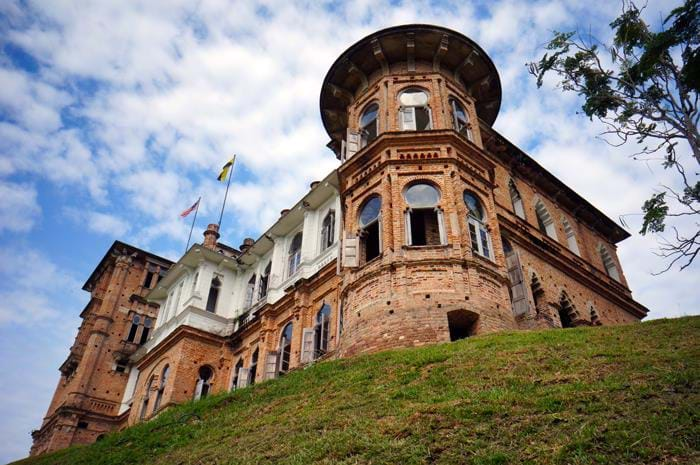
Georgetown
The final colonial vestige of Peninsula Malaysia lies just off the northwest coast in the famous Straits of Malacca. Georgetown, the capital of the island of Penang is influenced by a mix of Malay, Indian and Chinese, along with over 500 years of trading between the East and West.
It was the British though who started the UNESCO world heritage city’s journey to multiculturalism in the 1700s when it declared the island as a free port in an attempt to foil Dutch advances. In came an influx of cultures and traditions that have been preserved and are still practised amongst the narrow streets and famous street food markets to this day.
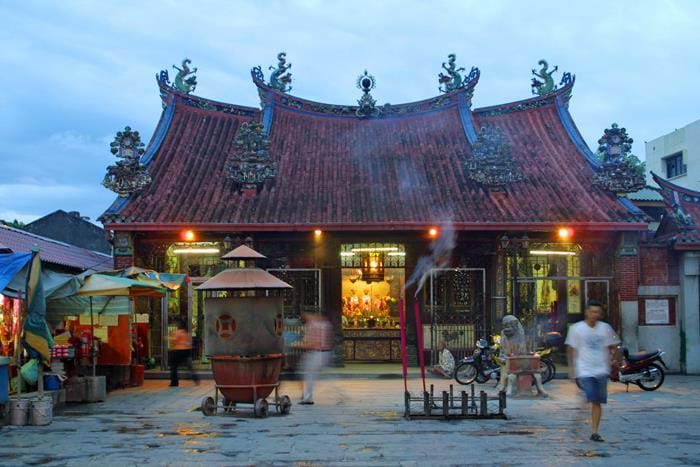
The Penang Peranakan Mansion, the elaborate residence of a prosperous 19th century Chinese trader, houses antiques and fixtures and fittings from the Peranakans. You can visit Fort Cornwallis too, the star shaped structure and largest standing fort in the country, built by Captain Francis Light in 1786 as the British defended the island from its enemies.
A personal favourite excursion is to take the funicular train to the top of Penang hill and to sit in the lovely gardens of the colonial Bellevue hotel to watch the sun set over sparkling Georgetown. Whilst the Bellevue has lost its grandeur of old, the panoramic views are unbeatable.
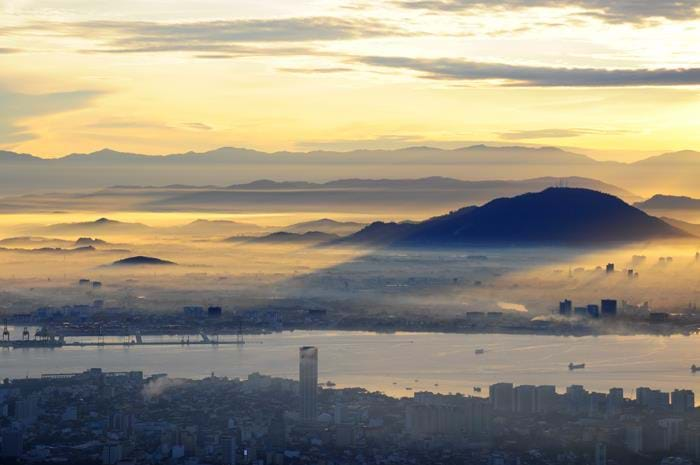
A few hours break from the humidity of sea level is more than welcome too, before you board the last train down. Penang is home to a wide variety of great colonial and fusion cultured hotels, but two stick out in particular and are first choice amongst TransIndus clients wishing for properties full of charm and character. The Blue Mansion is an ornate, architectural gem steeped in Chinese and Malaysian heritage. Located in the centre of Georgetown, the mansion's indigo-blue outer wall creates a vibrant first impression and the 18 rooms, surrounding three courtyards are full of aforementioned Peranakan fixtures and fittings.
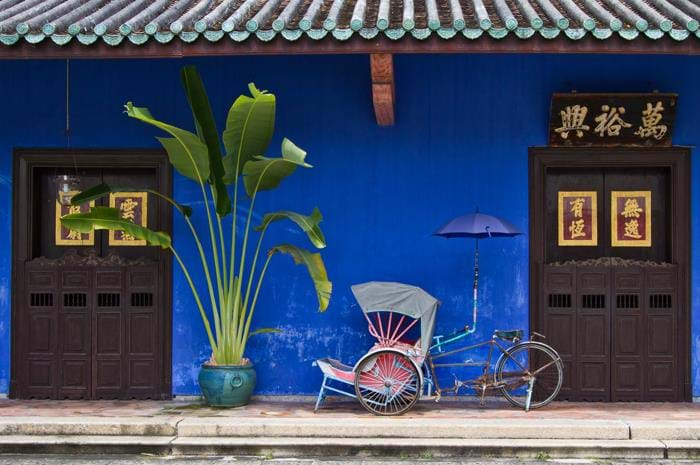
But the standout property in Georgetown has to be the stunning Sarkie inspired Eastern & Oriental, a Penang Institution. A grand hotel in European tradition, offering accommodation catered to the refined needs of the affluent traveller at the turn of the 19th century, the affectionately termed ‘E&O’ was one of the first of its kind in the region. Originally advertised as ‘the premier hotel east of the Suez’, the all suite property’s white washed frontage purveys real elegance, old-world charm and nostalgia; its timber floors and excellent service only enhance such a feeling, making a stay there an experience to remember.
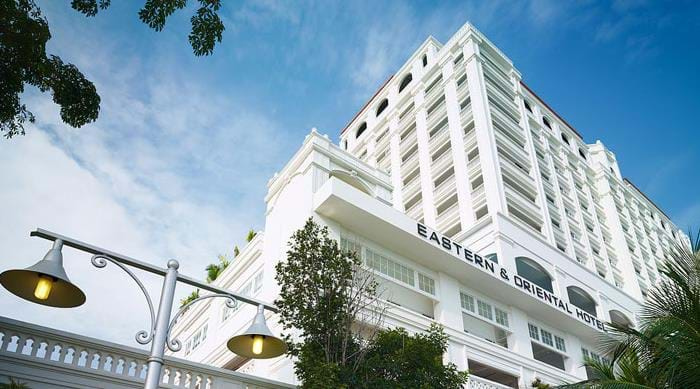
So if you’re keen to learn more about colonial legacies along with delectable cuisines, great infrastructure and luxury accommodation, Malaysia is a great place to start! Centuries of European and Asian fusion wait in what is logistically one of the easiest countries in the region to get around.
